Why do so many people love The Alchemist?
On the surface, The Alchemist is a simple fable about a shepherd going on a journey to find his treasure. But hidden beneath the vivid imagery of the story is a surprisingly clear message.
A message of encouragement and motivation, urging us to:
- Chase our dreams,
- Listen to our hearts, and
- Recognize the signs that point towards our destiny.
When Jesus told simple stories about lost sheep and mustard seeds, he wasn’t actually talking about sheep or seeds. He was illustrating profound moral and spiritual truths. The Alchemist does the same thing in its own way.
Who is Paulo Coelho?
Paulo Coehlo’s own life has been a wandering journey towards his own dreams. During his 20’s, he lived as a hippie and traveled extensively, then became a songwriter. Nearing the age of 40, he walked a 500-mile-long pilgrimage in Spain called the Camino de Santiago, where he had a spiritual awakening and was inspired to chase his lifelong dream of being a novelist.
Paulo Coelho wrote “The Alchemist” in just 2 weeks, saying that the story was “already written in [his] soul.” But when the book was first published in 1988, it actually sold so few copies that the publisher stopped selling it, giving the rights back to Coelho.
At first the author was devastated, but he was so determined to have the book republished that he resorted to knocking on doors. Through word of mouth, the book grew in popularity, and today it is one of the bestselling books of all time. In total, Paulo Coehlo’s books have now sold over 320 million copies.
📖 1. Oversimplified Summary of “The Alchemist”: The story of the book explained in 6 key points that are easy to remember

Let’s begin with a really quick and simple summary of the story of The Alchemist:
- Santiago’s Vision and Decision:
- The story is about 🐑 Santiago, a young shepherd boy who lives in the grassy hills of Andalusia, Spain.
- He 💤💰 dreams repeatedly of a treasure at the Egyptian pyramids.
- He visits 🔮 old woman fortune-teller interprets Santiago’s vision as a prophecy and advises him to pursue it.
- He decides to follow his dream, leaving his familiar and comfortable life behind.
- Guidance and Omens:
- Santiago meets 🤴 King Melchizedek, who teaches him that each of us has a special calling – our ✨ Personal Legend – that the universe supports us in attaining.
- The King also provides two stones named 🪨 Urim and Thummim, useful later in the story for interpreting omens and signs.
- Adversity and Growth:
- Santiago sells his flock of sheep and 🚢 travels to Tangier, Africa. But he is soon robbed, leaving him penniless.
- He 💎 works at a crystal shop, improving the business and earning money. After saving enough money, Santiago makes the hard decision to continue seeking the treasure instead of returning home.
- He learns the journey is the most important part of following our dreams and that the biggest obstacle to our dreams is usually the ❌ fear of failure.
- Journey Through the Desert:
- Santiago 🐫 joins a caravan crossing the Sahara desert toward Egypt, where he 🇬🇧 meets an Englishman who is in search of the secret of alchemy.
- The 🧙♂️ concept of alchemy in the novel serves as a metaphor for personal transformation. Just as an alchemist turns lead into gold, a person can transform challenges into opportunities to achieve greatness.
- Love and Spiritual Enlightenment:
- In an 🌴 oasis, Santiago falls in ❤️ love with Fatima. Their relationship demonstrating that true love does not interfere with one’s personal dreams, but rather supports them.
- He also learns to speak 🌍👂 the Language of the World by listening to his heart and reading the omens from nature. He has a premonitory vision of an attack on the oasis, saving everyone in the oasis and earning himself a big reward.
- Realization of Destiny:
- Santiago’s journey leads him to 🔺 the Pyramids. Unfortunately, he is beaten by thieves, who laugh at his dream. But from them, Santiago received the final sign and learns of treasure in Spain.
- He returns to find 🏠💰 the real treasure back home, under a sycamore tree at the abandoned church where his journey began. The lesson is that often the treasure we seek is within us or closer to home than we think
- In a world that often fears failure, “The Alchemist” teaches us to embrace the very obstacles that seem to impede our paths.
- Through Santiago’s journey, we learn that adversity is not just a barrier but a catalyst for growth.
- The book reminds us that our richest rewards come from within, unveiled through perseverance and the courage to confront our fears.
Alchemy was the historical search for a way to transform ordinary metals into gold. In this book, it symbolizes .
Treasure hunting
Personal transformation
Ancient chemistry
Magic tricks
Now let’s dive into a deeper summary and analysis of “The Alchemist,” where you’ll understand the most important lessons, key takeaways, and hidden messages contained within the book.
🐑 2. Follow Your Dreams: A simple shepherd boy named Santiago dreams of hidden treasure at the Pyramids, beginning his journey of personal transformation
“The Alchemist” story begins with Santiago, a shepherd boy who spends his days wandering with his sheep across the grassy hills of Andalusia, in southern Spain. For the night, he is sleeping in the ruins of an old church in the countryside. There is a large, beautiful sycamore tree growing through the middle of the church, right up through the broken roof.
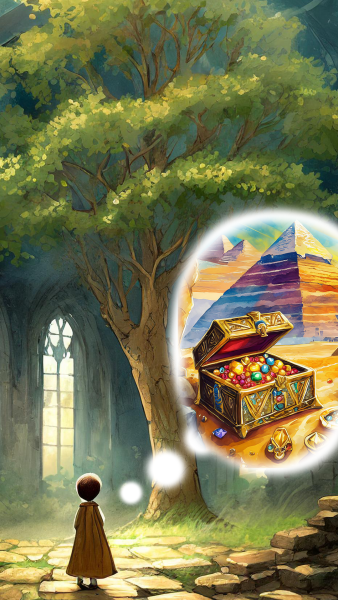
Santiago has a recurring dream of a child leading him to hidden treasure at the Egyptian pyramids.
He goes to see Tarifa, an old woman who interprets dreams. She promises to interpret his dream in exchange for 10% of the treasure. Then she simply tells him that he must follow his dream and he will find his treasure. However, Santiago is disappointed with this obvious answer, believing he’d wasted his time. Besides, he doesn’t want to leave because he enjoys his comfortable life as a shepherd.
People love “The Alchemist” for its clear and encouraging message to follow your dreams. This simple idea resonates widely, motivating millions of people to overcome challenges and go after their passions. Santiago’s initial reluctance mirrors the hesitation many feel when faced with the opportunity to chase their dreams. His transformation from cautious shepherd to a bold adventurer serves as a relatable example for how we can embrace our own journeys.
“Think and Grow Rich” by Napoleon Hill is another super-popular self-help book that emphasizes similar ideas of believing in yourself and taking the risk to pursue your true desires. Hill famously said, “Whatever the mind can conceive and believe, it can achieve.” This closely matches the core theme of The Alchemist story — transforming dreams into reality through faith and action.
- Santiago’s dream of treasure leads him on a life-changing adventure. His initial reluctance reflects a universal human struggle to embrace change.
- His journey from content shepherd to daring adventurer motivates and inspires many readers to pursue their own dreams.
In "The Alchemist," Santiago sleeps for the first night in .
Old church ruins
A sheep stable
A mountain tent
A grove of trees
🤴 3. Embrace Your Personal Legend: Santiago meets King Melchidezek, who teaches him that the universe conspires to help those who pursue their destinies
Next, Santiago meets a mysterious and poor-looking old man who seems to know about his dream. This man calls himself Melchidezek, the King of Salem. He offers to give the boy advice about how to get the treasure in exchange for 10% of his sheep flock – but then only tells him the obvious that he must go to the pyramids in Egypt.
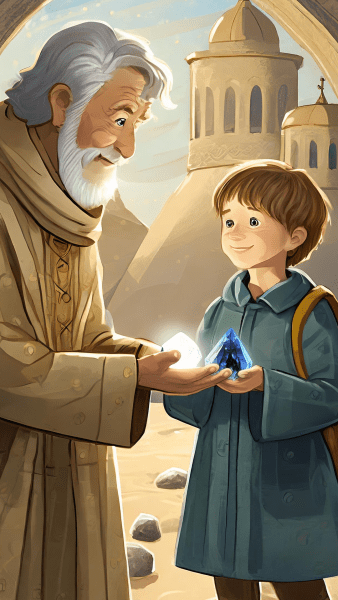
During their conversation, The King introduces one of the most important themes in “The Alchemist” – the idea of a Personal Legend. He says the dream is Santiago’s Personal Legend, so it is his duty to pursue it to find his treasure.
A Personal Legend is something a person has always wanted to do, but as they grew older they chose a different path that appeared to be more practical or socially respectable.
When we pursue our Personal Legend, says King Melchidezek, the whole universe conspires to help us achieve it. (This line is very important – it’s repeated multiple times throughout “The Alchemist”!) In other words, the world is supportive of us going after our dreams, in some mysterious way.
Melchidezek then gives the boy two stones named Urim and Thummin, that will help him interpret omens. As we’ll see later, all along Santiago’s journey, he receives omens or signs from the universe that point him in the right direction.
In this chapter of The Alchemist, we see Santiago resists going after his dream by overcomplicating it. (And isn’t that something we all do!) The shepherd boy already knew what his dream said – that his treasure was in Egypt, but he needed to pay two authority figures to repeat this simple fact to him.
“Most people will choose unhappiness over uncertainty,” said the popular business author Timothy Ferriss in his book “The 4-Hour Workweek.” Ferriss says the path to personal satisfaction and entrepreneurial success lies in daring to dream and taking actionable steps towards those dreams, even in the face of societal conventions and personal doubts.
- Your Personal Legend is what you have always wanted to do; The path you’ve dreamed of pursuing.
- The universe aids those who follow their dreams, guiding our journey with signs and omens along the way.
A Personal Legend represents a person's .
Dream job
Life story
Social respect
Deepest desire
🧭 4. The Journey is What Matters: The true value is not Santiago’s destination, but his journey, which contains obstacles that make him learn and grow
Santiago felt conflicted, but took the leap of faith. He sold his entire flock of sheep and bought a boat ticket to Tangier, Africa. It’s only 2 hours away, but the naive shepherd boy felt he was stepping into a different world. With men smoking giant pipes, women totally covered, and everybody speaking Arabic. Then a thief steals all of Santiago’s money, causing him to break down and cry because the universe is so unfair!…

But after a little while, Santiago slowly began to feel better, as he realized that he could choose how to interpret his situation. Instead of being stuck in a strange land, maybe he was still lucky to see this exciting new place. Certainly, most shepherds back in Spain would never travel this far in their lives.
Looking for a way to make enough money to return home, Santiago finds a job in a local crystal glass shop on top of a hill. Soon, he is making improvements that increase sales in the shop, including building a display case for crystal outside the shop, and selling tea in the shop to bring more customers inside.
The crystal merchant has owned the shop for 30 years, and he initially resisted these new ideas, feeling change was too risky. In this book, the merchant is another representation of our human fear of the unknown. But finally, he allowed Santiago to make the improvements, saying “Maktub.”
Maktub is an Arabic word that translates to “it is written.” It means to accept our destiny without fear — based on the faith there is a higher reason to everything that happens in our universe.
11 months later, Santiago faced another difficult decision. He had earned enough money to go back home and buy a bigger flock of sheep. Or, he could continue towards the pyramids and the treasure in his dream. Since he could always go back to being a shepherd or a salesperson, Santiago decided to go ahead to Egypt.
Most importantly, the obstacles and challenges Santiago had faced in his journey had caused him to learn and grow. This was the true value of going on the journey towards his dream, regardless whether he ever found the treasure. He now had the confidence that if he could thrive in this new country after losing everything, then he could make it anywhere!
Let’s go back to that moment in the story when Santiago had lost all his money, but decided to pull himself out of despair, seeing himself as lucky for being able to see a new country at all. There is surprisingly deep psychology underneath that.
Psychologists say that some people choose to have an “optimistic explanatory style” that allows them to be more mentally resilient. They bounce back faster because, for example, they interpret negative events to be temporary setbacks rather than permanent catastrophes. This comes from research from the field of “positive psychology.”
The great psychologist Viktor Frankl was a survivor of the Holocaust, when millions of Jewish people died in Nazi concentration camps. Inside those terrible camps, he noticed some prisoners became terrible, while others became selfless like saints. And he concluded, “Everything can be taken from a man but one thing: the last of the human freedoms—to choose one’s attitude in any given set of circumstances, to choose one’s way.”
- Santiago’s journey, driven by his dream, leads him through challenges like getting robbed and working at a crystal shop. These experiences teach him the true value of the journey is personal growth.
- He chooses to continue his quest for the treasure, embracing “Maktub” – accepting his destiny fearlessly.
After being robbed, Santiago remains resilient after realizing that he can .
choose his interpretation
change the outcome
avoid similar situations
blame others
🏆 5. Fear of Failure: Santiago discovers alchemy, the art of turning metals to gold – serving as a metaphor for overcoming fear to achieve our dreams
Santiago continues traveling towards Egypt by joining a caravan, which includes about 200 people, plus many camels.
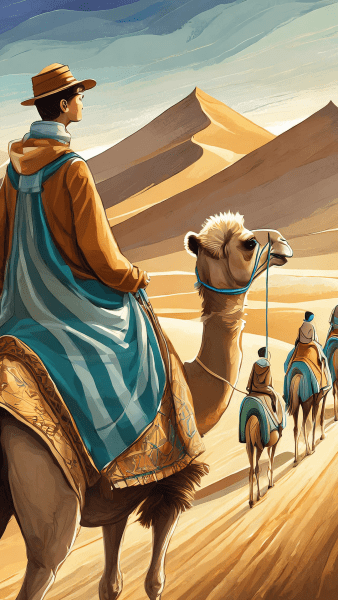
He meets an Englishman who is obsessed with the mysterious science of alchemy, which he has been studying for the last 10 years from books. The Englishman is traveling to an oasis on the way to the pyramids, so he can meet a famous alchemist rumoured to have great powers and be 200 years old.
What is alchemy in this book? Here are the key takeaways:
Alchemy is a mystical science that attempts to achieve unlimited wealth and eternal life. In “The Alchemist,” it symbolizes the process of personal transformation and realization of one’s true potential.
- The Master Work is the end goal of every alchemist, described as the purified essence of the world. It contains two parts:
- The Philosopher’s Stone has the power to transform any metal into gold.
- The Elixir of Life is a potion that gives eternal youth and health.
- The Emerald Tablet is a small emerald with a few short lines written on it. It is said to contain the most important secrets of alchemy, but almost nobody had seen it.
Let’s jump ahead a bit. Eventually, Santiago and the Englishman do find the master Alchemist he was looking for. And guess what secret of alchemy he tells the Englishman? He advises him to “go and try” to create the Master Work. And the Englishman rushes to build a small furnace and begin his journey. Can you believe that? 10 long years of studying alchemy from books and he’d never tried to actually do it! Why? Because of a fear of failure.
“The Alchemist” says fear of failure is the biggest obstacle to our dreams for most people. We can be so afraid of looking like a failure that we do not even try to pursue our dreams and what we really desire. Just as an alchemist turns lead into gold, a person can transform challenges into opportunities to achieve greatness.
- Alchemy is a mystical science of turning base metals into gold, symbolizing personal change in this book. The Englishman learned that you overcome fear of failure by trying, not just studying.
Which item is said to hold the most important secrets of alchemy?
The Philosopher's Stone
The Elixir of Life
The Master Work
The Emerald Tablet
🖤 6. Listen to Your Heart: Santiago learns to be pay attention to omens – signs from nature that speak The Language of the World and guide us to our dreams
Santiago arrives at Al-Fayoum oasis, an area of green in the middle of the desert. Because of tribal wars in the desert, he learns they will all need to remain in the oasis.

Santiago falls in love with Fatima, a local girl of the oasis. It is love at first sight. He only intends to ask the girl where the Alchemist lives, but the instant they look into each others eyes, they feel mutual love. Love, what is it? A feeling that is universal, that people in all cultures share, because it does not depend on specific words. In this book, love is part of “The Language of the World,” one of the major themes in The Alchemist.
“The Language of the World” is a powerful type of communication that happens through omens, signs, and feeling. We may hear it coming from another person, nature, or God. No words are needed to communicate the most important things like love, purpose, and enthusiasm.
Santiago wanders into the desert and, while watching two hawks fighting in the sky, he has a vision of the oasis being attacked by a hostile army. He shares his vision with the leaders of the oasis, eight men who sit in a luxurious tent of white and gold. This gives the men of the oasis time to prepare when they are, in fact, invaded. The boy is rewarded handsomely with 50 gold pieces and the position of counsellor.
Then Santiago meets the Alchemist, an intimidating figure cloaked in black, sitting on a white horse, wielding a sword, and carrying on his shoulder a falcon. The Alchemist persuades Santiago to continue onwards to the Pyramids, even offering to guide him all the way. The boy is again reluctant to leave, wanting to stay at the oasis with Fatima.
What finally persuades Santiago to go is when the Alchemist shows him a vision of his potential future – a future of comfort, but also ever-growing regret and resentment. Fatima also wants him to continue towards his treasure, as she is not afraid of losing their love, if it is real. This is another major theme in “The Alchemist”: that true love does not interfere with one’s personal dreams but rather supports them.
At one point, the Alchemist writes down for the boy the text of The Emerald Tablet, the most important secret of alchemy. But Santiago is disappointed that it is in some kind of code that he cannot read. The Alchemist tells him it is better anyway to learn by experience, especially by listening to your heart, because this connects you directly to “The Soul of the World.”
Jesus once said: “For where your treasure is, there your heart will be also.” In this book, the Alchemist changes it by saying, essentially: “Listen to your heart to find your treasure.”
In Deepak Chopra’s bestselling book The Seven Spiritual Laws of Success, he says that we can access a more pure essence of our Self and the universe through practices such as inner silence, stillness, meditation, non-judgment, and spending time in nature. According to Chopra, all of these are proven spiritual paths that allow us to step outside of our fearful little personal ego and into a larger mental space of freedom, creativity and “pure potential.”
To practice inner stillness means to pay more attention within ourselves, which requires quieting our mind and calming our body. So we can notice the more subtle energies and signs happening inside. It’s another way of saying “listen to your heart.”
- Santiago learns to interpret omens and signs, understanding that love and the natural world communicate in a universal language beyond words – it’s The Language of the World.
- He meets the Alchemist, who encourages him to pursue his journey to the pyramids, emphasizing learning through experience and listening to one’s heart as the path towards our treasure.
What ultimately convinces Santiago to leave Fatima and continue his journey to the pyramids is .
The threat of war
A vision of future regret
The promise of wealth
Fatima's insistence
💎 7. Treasure Within: Santiago endures a final test and realizes the treasure is back home in Spain, where his journey began
Santiago and the Alchemist are captured by an army that wants to kill them for being spies. To be released, Santiago must connect to magical powers and become the wind. There is a surreal scene where he communicates first with the wind, then with the sun, then with the Soul of the World – God. They are released, but the Alchemist tells the boy that he must continue his journey alone.
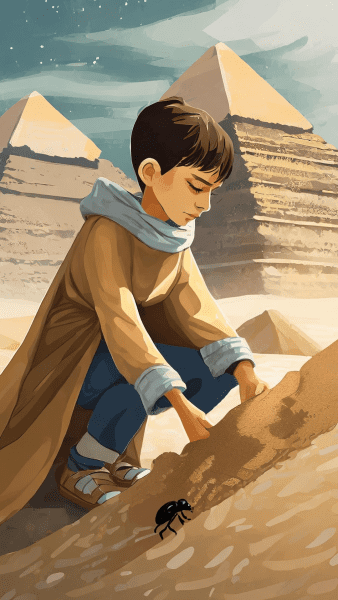
Santiago arrives at the Pyramids. He looks around for a sign and sees a scarab bug on the ground, so he begins digging at that spot. He is so happy; he is crying with joy.
But suddenly, thieves come and beat Santiago, robbing him of his money. When the boy admits he’s digging for treasure he saw in a dream, the thieves laugh. One of the men says he also had a dream, of finding treasure under a sycamore tree growing in the middle of an old church in Spain… but he was not stupid enough to follow the dream!
Santiago recognizes the church in the man’s dream – it is where the book’s story began! So he rushes home to Spain and there he finds his treasure, a great chest filled with gold and jewels. Then he heads towards Fatima. What’s the final message? Often the treasure we seek is within us or closer to home than we think; the journey brings us full circle to understand this.
- Santiago demonstrates his personal transformation by becoming the wind to save himself and the Alchemist.
- The real treasure is found back in Spain, reinforcing the book’s core message that the true value was in the journey Santiago went through, not the end destination.
What we seek is often closer than we think — a theme underscored by Santiago's discovery that the treasure was .
In the pyramids
In Spain
Within himself
With the Alchemist
- Define Your Dream: Write down your deepest desire or goal in one sentence.
- Practice Daily Reflection: Spend 5 minutes each morning in silence, focusing on your inner voice and feelings about your path.
- Record Synchronicities: Keep a small notebook with you to jot down any signs or coincidences that relate to your goal.
- Face a Fear: Identify one specific fear blocking your path and take one concrete action to challenge it this week.
- Celebrate Progress: Make a weekly list of three things you learned or achieved on your journey, no matter how small.
- Reevaluate What Matters: List what you consider treasures in life, then circle the top one that truly aligns with your happiness.
- Take One Small Step: Decide on a small, specific action towards your dream and do it within the next 48 hours.

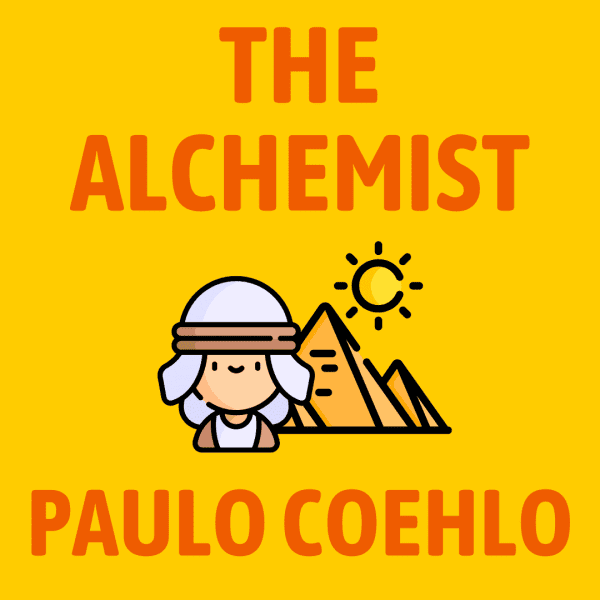
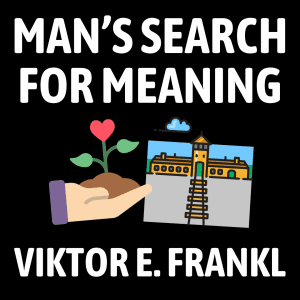


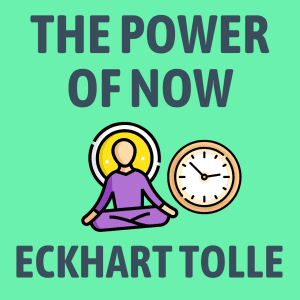


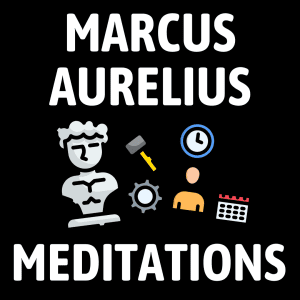




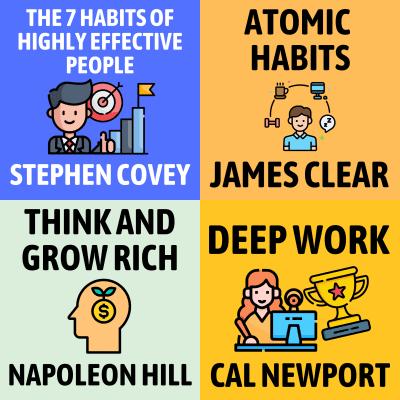
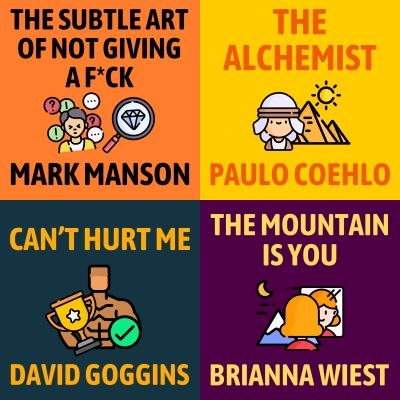

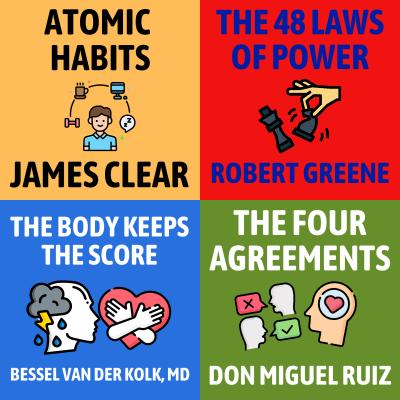
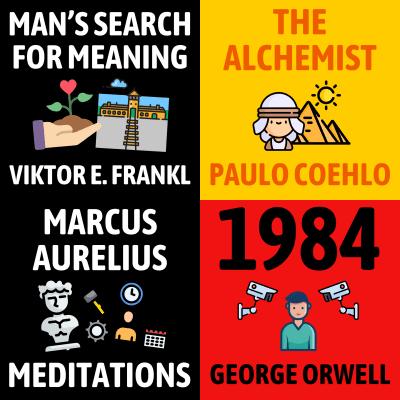
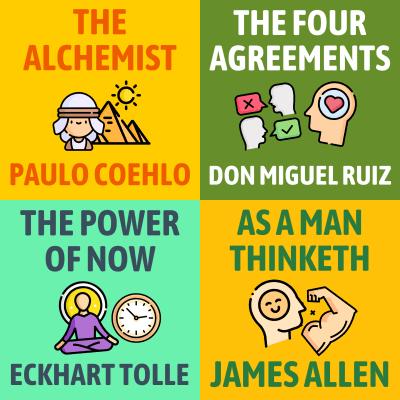
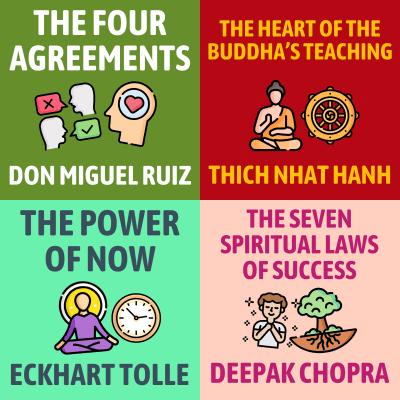
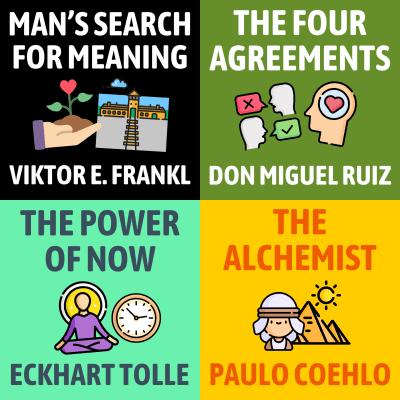
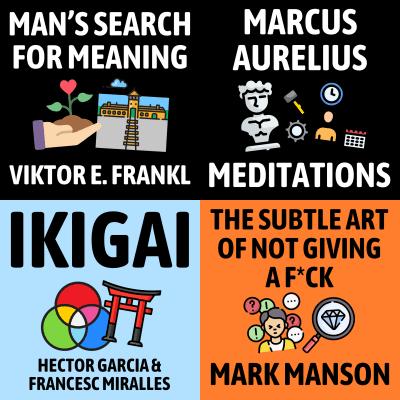











Community Notes